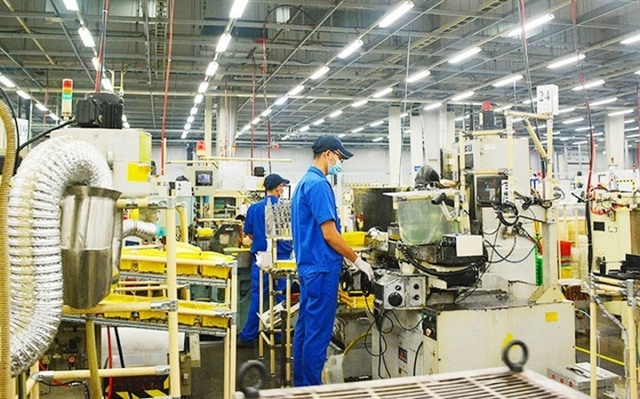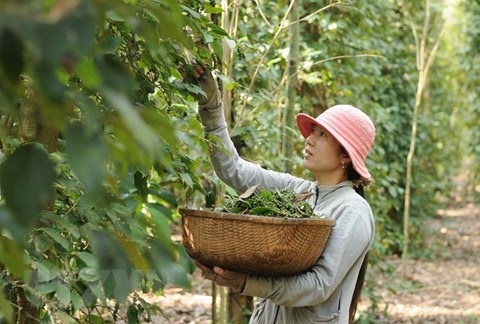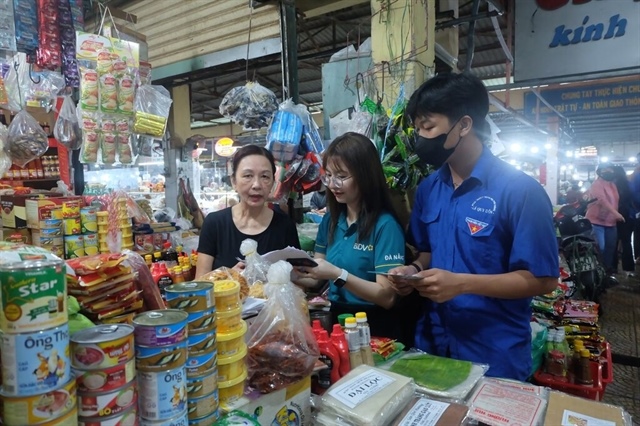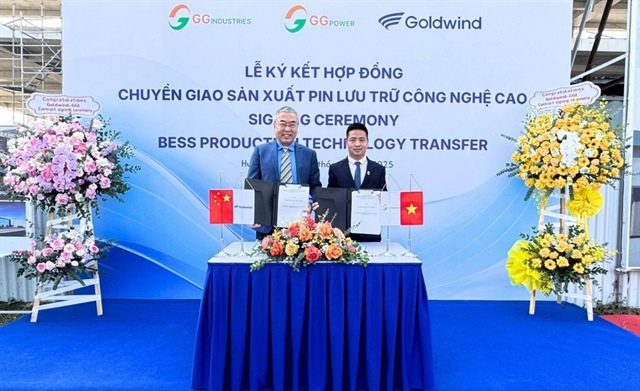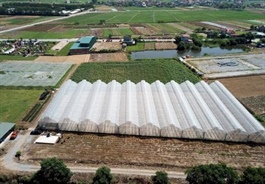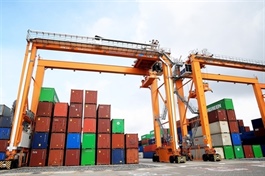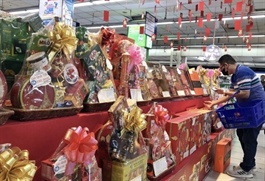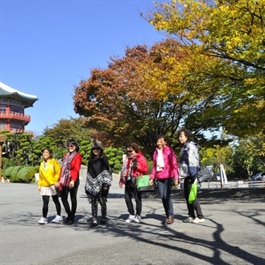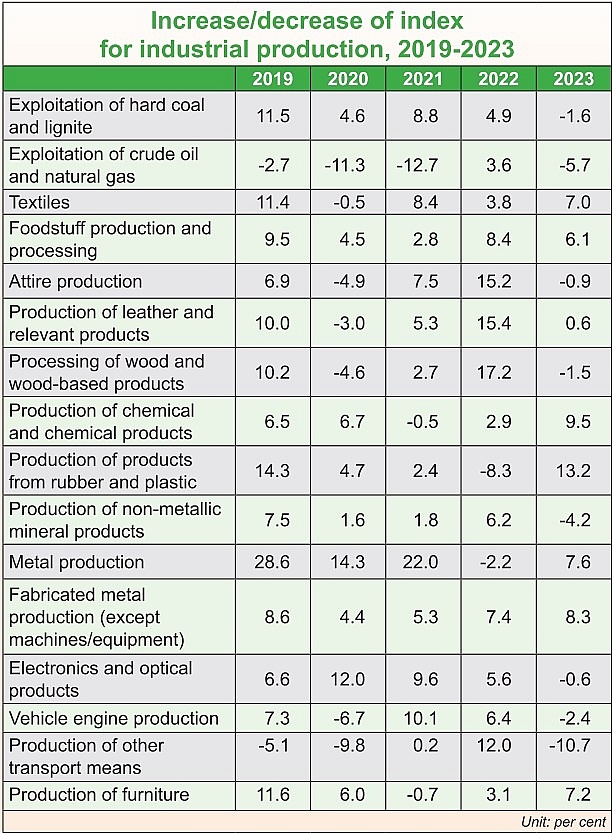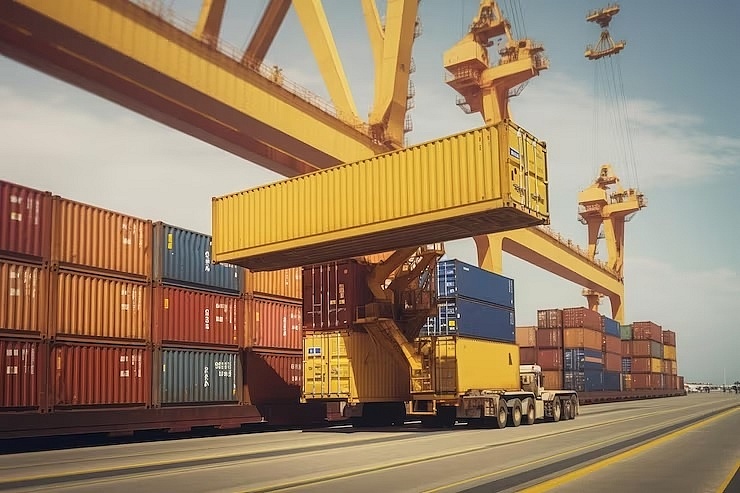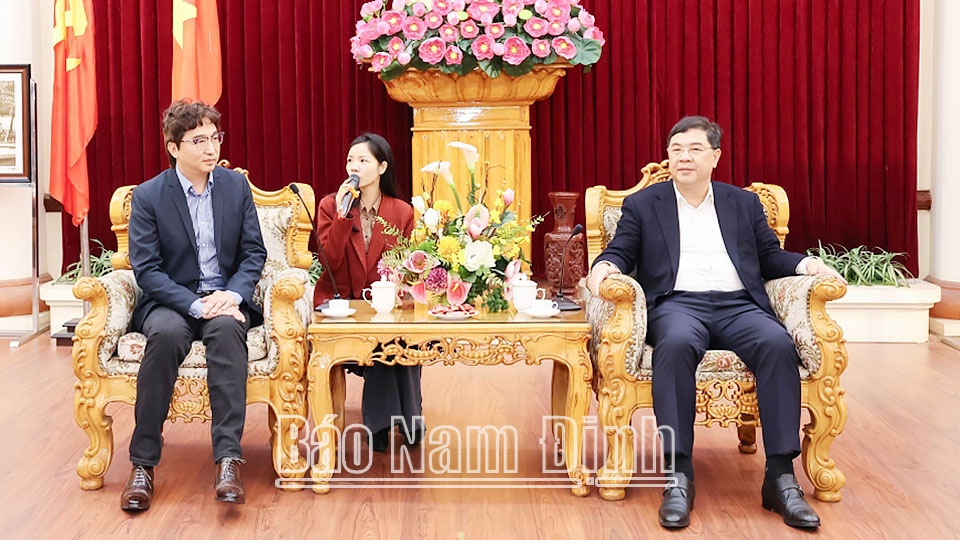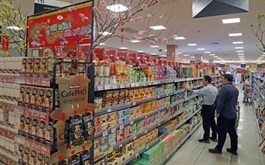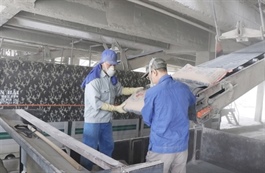Hanoi boosts agricultural exports
Hanoi boosts agricultural exports
Hanoi has drawn up a plan to develop Japonica rice production and high-quality rice to meet export standards.
Hanoi's agricultural sector has implemented many effective solutions to build a closed production chain, invest in processing, and manage production areas to export agricultural products, according to Hoang Thi Hoa, Director of the Hanoi Agricultural Development Center.
She said Hanoi is one of the most important markets for agricultural products in the country, with rice consumption of around 1.1 million tons per year. The city's rice production area is about 160,000 hectares, one of the largest in the Red River Delta region.
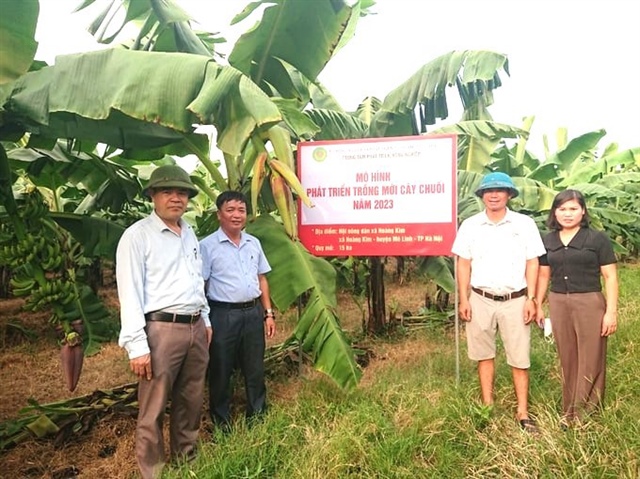
Organic rice fields in Nam Phuong Tien commune, Chuong My district of Hanoi. Photos: Pham Ngoc/The Hanoi Times |
Aiming to promote organic rice production under Vietnamese Good Agricultural Practices (VietGAP) and meet consumer demand for high-quality agricultural products, Hanoi's agricultural sector has focused on building and strengthening rice production and consumption chains to achieve agricultural restructuring goals.
"In the period 2021-2025, the Hanoi Agricultural Development Center has drawn up a plan to develop Japonica rice production and high-quality rice in line with export standards," Hoa told The Hanoi Times.
She added that Hanoi has established a Japonica rice and quality rice production area in 40 cooperatives in 37 communes in ten districts, covering nearly 3,900 hectares. This includes 180 hectares for organic production, 1,630 hectares for VietGAP production, 2,025 hectares for safe rice, and 15 hectares for herbal rice.
Dang Huy Cuong, Director of Hoa Phu Cooperative in Ung Hoa District, told The Hanoi Times that the commune has more than 400 hectares of agricultural land, and its main products are rice and vegetables. "Thanks to support from Hanoi's agriculture sector, 100% of the commune's rice land is of high quality, consumption is guaranteed, and rice farmers have a stable income," Cuong said.
He noted that by 2023, the capital's agricultural sector established three collective brands, adding to the current six, including Nam Phuong Tien Organic Japonica Rice in Chuong My District, My Thanh Japonica Rice in My Duc District, and Binh Minh High-quality Rice in Thanh Oai District.
Hoang Thi Hoa, Director of the Hanoi Agricultural Development Center, added that the city has also paid special attention to developing valuable fruit trees in recent years. A typical example is bananas, which have formed a number of specialized production areas in Gia Lam, Thuong Tin, Me Linh, Dan Phuong, Ba Vi and Phuc Tho districts.

Banana cultivation model in Hoang Kim commune, Me Linh district, Hanoi. |
"According to statistics from the Hanoi Department of Agriculture and Rural Development, the banana growing area in Hanoi is about 3,960 hectares, with a yield of about VND300 million (US$12,224) per hectare," Hoa said.
The Hanoi People's Committee has issued a decision approving the plan to develop banana production in line with export standards for the period 2021-2025. Under the plan, Hanoi has set up 54 banana growing areas, and the Hanoi Agricultural Development Center has issued nine VietGAP certificates to production areas covering 123 hectares to improve product quality for export.
"The center has also coordinated with the Plant Protection Institute to check 28 communes in seven districts and identified 15 communes capable of developing high-quality banana cultivation," Hoa added.
In particular, it has supported four banana processing, packaging, preservation, and consumption facilities: two in Van Nam Commune (Phuc Tho District), one in Van Khe Cooperative (Me Linh District), and one in Phu Chau Commune (Ba Vi District). As a result, bananas from the communes can meet the requirements of supermarkets and chain stores, which has helped to improve the economic efficiency of producers and to target exports to other countries.
"Based on the reality of production, many cooperatives have expected the Hanoi authorities to pay more attention to supporting the construction of processing facilities that can meet export standards," Hoa stressed.



